June 13, 2023
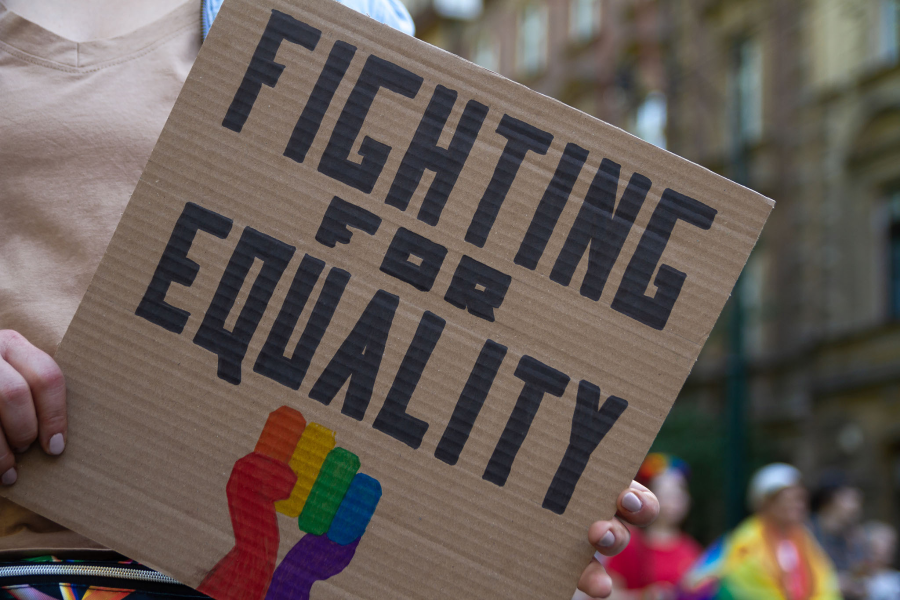
GUEST BLOG: The following article was submitted by Brite Line, Edmonton’s first mental health and wellness helpline dedicated to supporting people in Edmonton’s 2SLGBTQIA+ community. Brite Line is an initiative of the Canadian Mental Health Association – Edmonton Region, in partnership with the Fyrefly Institute. Both agencies are funded partners of United Way of the Alberta Capital Region.
NOTE: This article contains themes of violence, oppression, and discrimination against the 2SLGBTQIA+. If this is a difficult subject for you and you need support, contact 211 Alberta or Brite Line at 1-844-702-7483 for resources in your area.
The 2SLGBTQIA+ community in Alberta has a rich and vibrant history. While the Pride Parades we see now can be a source of joy and celebration to many, in equal measure we need to remember that this was born from protest.
In 1980, Edmonton saw its first Pride event when a picnic was held at Camp Harris, home of the 49th Battalion, the Loyal Edmonton Regiment Association, to raise awareness about homosexuality. That same year in Calgary, despite their parade permit being denied by the Police Chief, the organizers of Gay Information and Resources Calgary marched in protest to City Hall.
Inspired by the actions taken at the Stonewall Riots in New York (often credited as the birthplace of the gay rights movement in North America), Pride Festivals started to occur in Calgary and Edmonton throughout the 1980s. However, Pride Parades as we’ve come to know them now only became a regular occurrence in Calgary and Edmonton in the early 1990s where they were carried out in protest at the lack of protection from discrimination the 2SLGBTQIA+ community faced.
All too often, the burden of protest has been carried by trans folks, by drag artists, and by Black and Indigenous members of our community who have collectively struggled the most under the oppression of cis-heteronormativity and who have benefited the least in the broader gay rights movement.
These struggles carry very real impacts when it comes to mental health, substance use, and risks for suicide. The 2SLGBTQIA+ community are five to 10 times the risk for attempting suicide compared to cisgendered and heterosexual peers. And that risk only becomes more magnified for members of the trans and Two-Spirit communities, queer folks who are Black or Indigenous, and those living in rural settings. So how do we meaningfully change this dynamic?
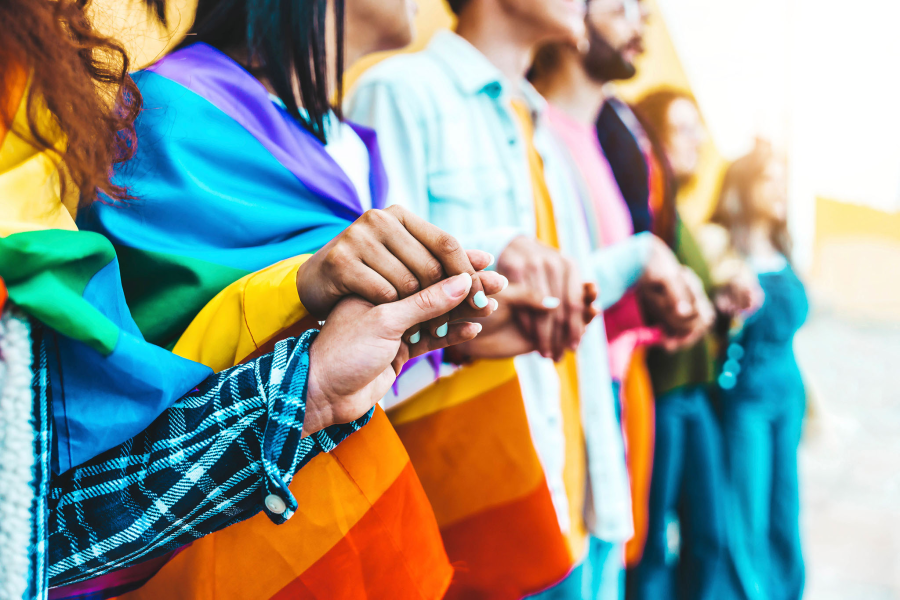
Adobe Stock Photo
One way CMHA Edmonton has sought to do this is through the launch of Brite Line, a 2SLGBTQIA+ specific peer support line, in 2021 through partnership with the Fyrefly Institute at the University of Alberta.
While crisis and suicide lines have long existed in Alberta, Brite Line was started in recognition that our current mental health systems were never built with the specific needs and struggles of the 2SLGBTQIA+ community in mind. And as a result, those services often don’t work for us.
Such was the case for Jayden*, who phoned into Brite Line feeling like they might be in danger of acting on a plan to end their life. After trying to access mental health supports, they had become increasingly frustrated at needing to educate their therapist about the importance of respecting their use of they/them pronouns and feeling like they were regularly put in defensive positions when it came to their gender identity. Adding onto this was the bullying they experienced at home and the isolation they felt living in a small community in Northern Alberta.
Upon connecting with a peer who could empathize on a deeper level with how Jayden was feeling, they were able to collaboratively plan around ways Jayden could stay safe, discussed ways that Jayden could get connected to a 2SLGBTQIA+ affirming therapist, and explored ways to connect Jayden into the broader queer and trans community. By the end of the call, Jayden was feeling less apprehensive about their immediate future and passed along feedback about how meaningful it was to be provided a safe place to be exactly who they are.
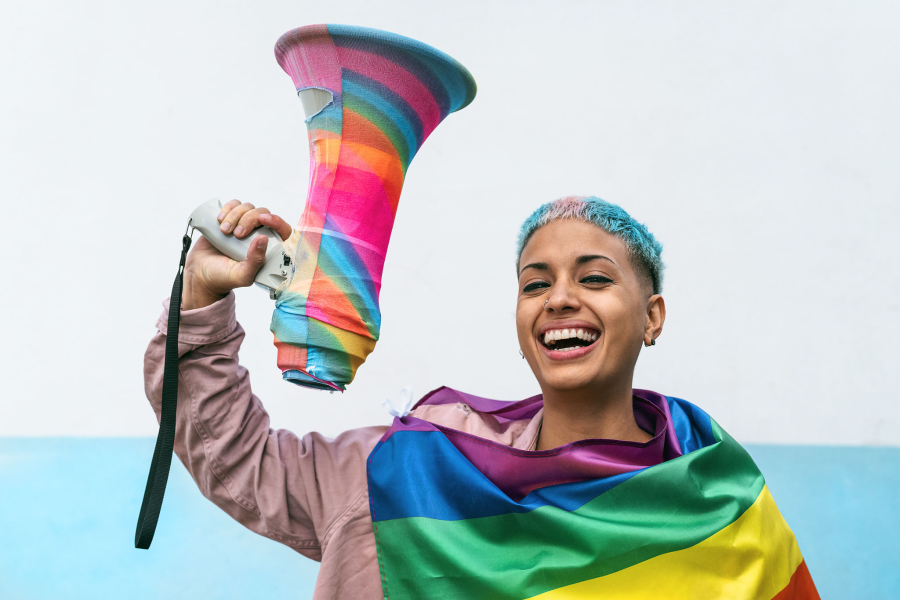
Adobe Stock Photo
Sadly, Jayden’s story is not a unique one. About 23% of all Brite Line calls have involved someone experiencing ideation about suicide and so far in 2023, that has risen to closer to 30%. While it can be easy to dismiss the political climate in the United States and intensifying legislative attacks on the 2SLGBTQIA+ community as not being problems we see in Canada, the statistics say otherwise.
Statistics Canada has found that since 2019 hate crimes targeting sexual orientation have been on the rise and that compared, to other minority groups, members of the 2SLGBTQIA+ community are less likely to report physical violence to police when a hate crime does happen.
Waking up every day to news reports and social media posts about hate crimes and new legislative restrictions and bans can carry very real impacts on the mental health and perceived safety, especially for younger generations. This can lead to increased social isolation, internalized homophobia and transphobia, anxiety and other mood disorders, and in some cases, even to suicidal ideation. No child or youth ever deserves to feel that way and it is of vital importance to raise collective voices against those who would seek otherwise.
It is so inspiring seeing how, in the face of so much hatred and ignorance, the 2SLGBTQIA+ community continues to find ways to celebrate and radically embrace joy; continues to protest and create space for future generations to live with more freedom than they may have experienced; and continues to offer the wisdom of how to create lives which are authentic and affirming and meaningful and how that ultimately makes society stronger as a whole.
2SLGBTQIA+: an acronym for Two-Spirit, Lesbian, Gay, Bisexual, Transgender, Queer or Questioning and additional sexual orientations and gender identities.
2S or Two-Spirit: a cultural term used by some Indigenous people to mean a person who has both a male and female spirit, which may include concepts of spirituality, sexual orientation, and gender identity.
Cisgender: a person whose gender identity matches with the sex they were assigned at birth.
Gender-affirming medical care: medication or procedures that can help people adjust their bodies to match their gender identity.
Gender expression: A person’s gender is expressed outwardly through their name, pronouns, clothing, haircut, behaviour, voice, or body characteristics.
Gender identity: a person’s internal sense of whether they’re male or female, both, or neither. It’s a person’s internal, deeply held sense of one’s gender. Gender identity is not visible to others. Gender identity may include, but is not limited to, woman, man, nonbinary, and agender.
Heterosexual (straight): someone who is attracted to people of a single, different gender.
Nonbinary: a person who does not subscribe to the gender binary. They might exist between or beyond the man-woman binary.
Out: a term to describe people who openly self-identify as 2SLGBTQ+. There are many different states of being out, and a person’s identity is still valid even if they are not out.
Queer: once a slur, queer has been reclaimed by the 2SLGBTQ+ community. As an umbrella term, it has many meanings, including but not limited to: attracted to people of many genders; not fitting cultural norms around sexuality and/or gender identity/expression; non-heterosexual.
Sexual orientation: a person’s emotional, romantic, and/or sexual attraction to others. For many people, sexual orientation may change over time. Sexual orientation may not always reflect sexual behaviours.
Transgender/Trans: someone who does not identify with the sex they were assigned at birth. Some people may prefer to use a qualifier for their gender (ex: trans man) while some may not.
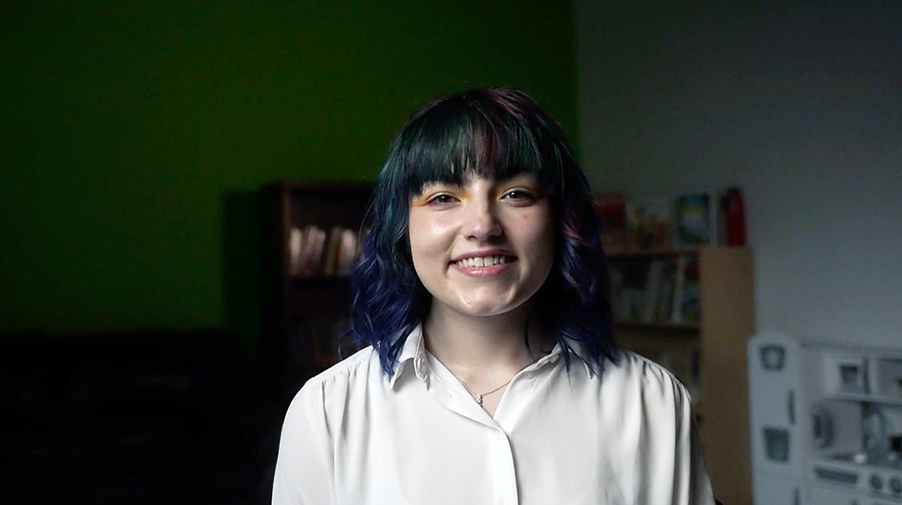
When Emily moved out on her own as a teen, she felt like she had to drop out of high school too. Then, she learned how All in for Youth staff and resources could support her so she could focus on graduating.
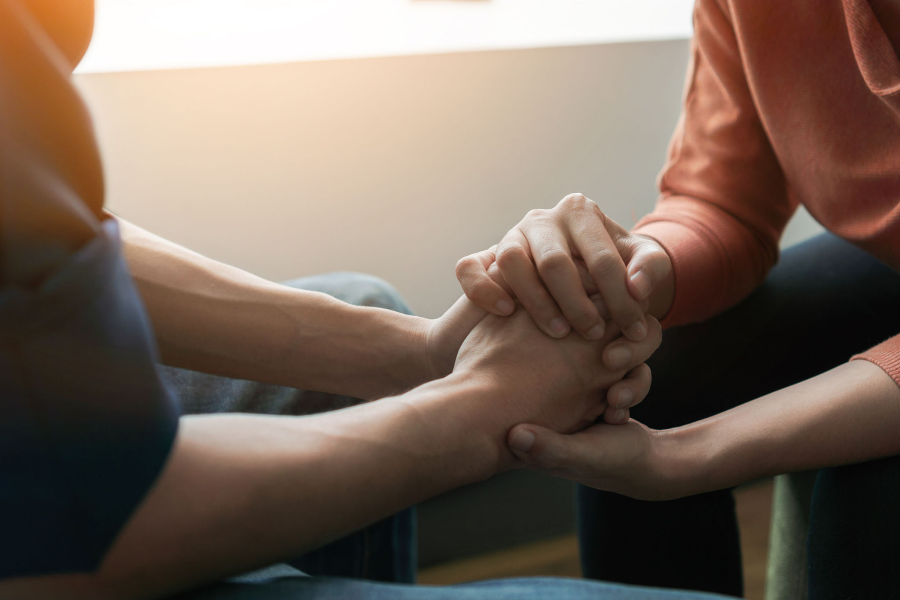
By leveraging collaborations with experts, United Way is helping improve navigation and access to mental health resources.
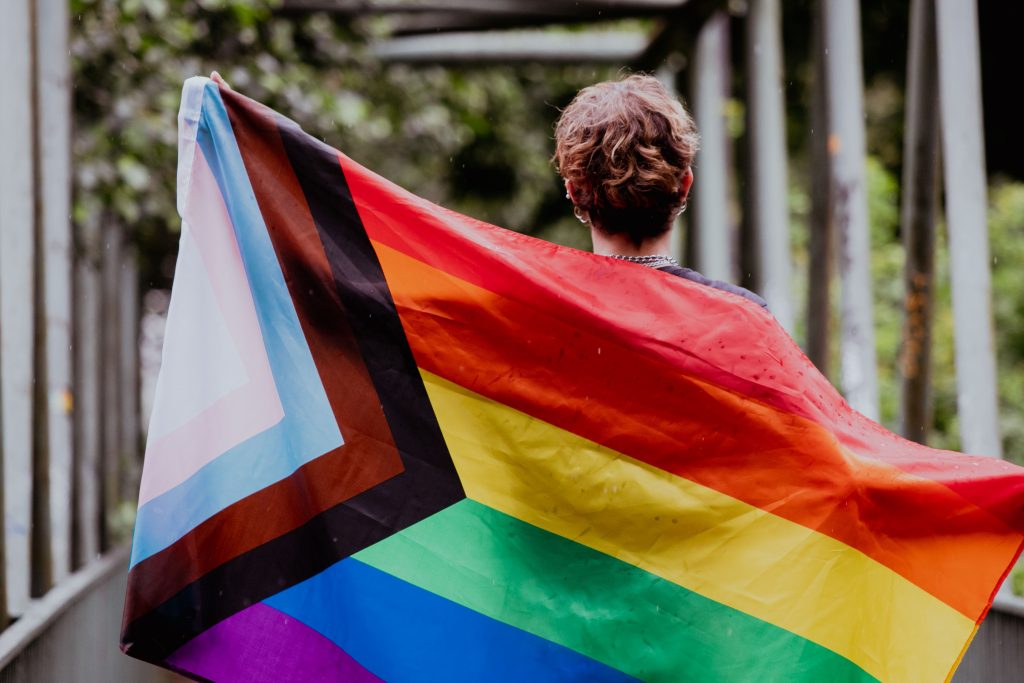
It’s important to learn and understand the specific barriers faced by Two-Spirit, lesbian, gay, bisexual, transgender, and queer (2SLGBTQ+) communities and how allies and advocates can support their friends, families, neighbours, and co-workers all year round.